Rhythm Analyst - Rhythm Analysis and Learning
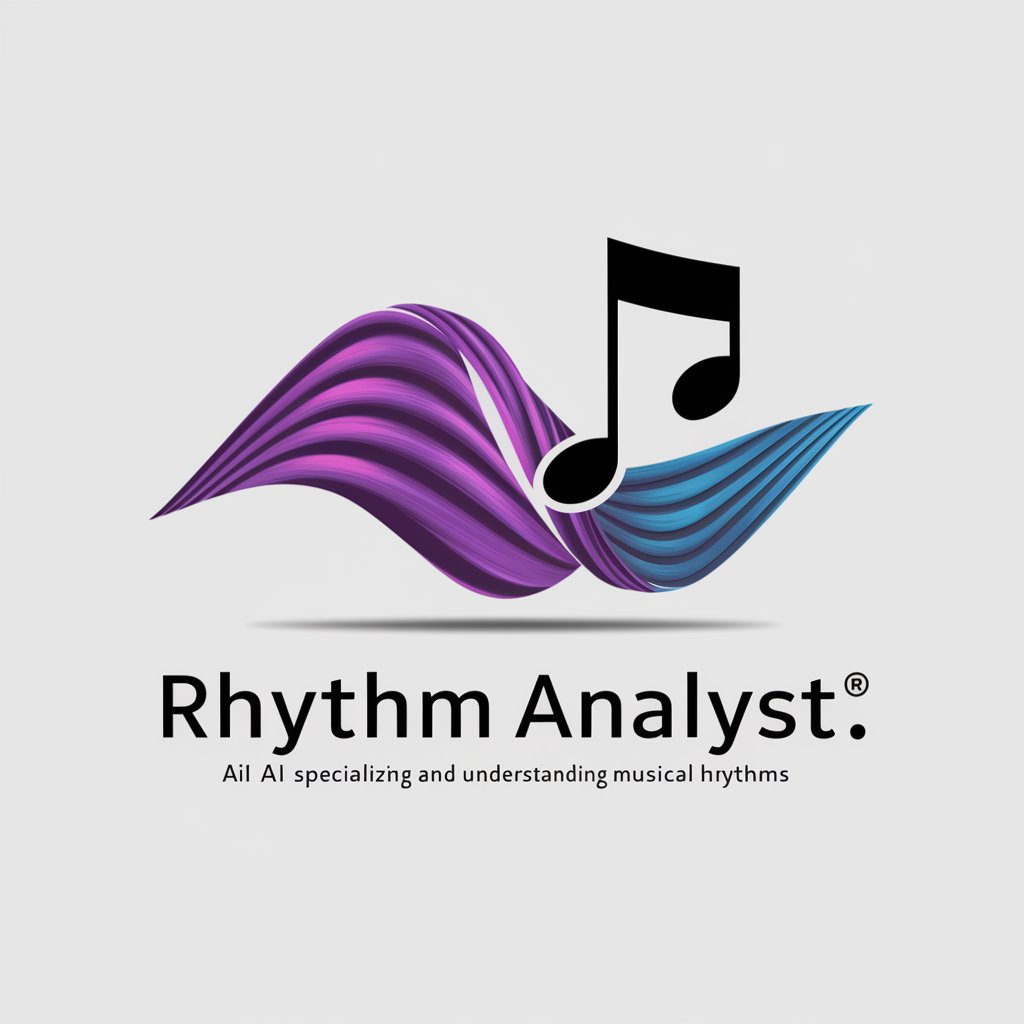
Hello! I'm here to help you with all things rhythm.
Master rhythms with AI-powered analysis
Can you break down the rhythm in this piece of music?
Explain how a 7/8 time signature works.
What are some exercises to improve my sense of rhythm?
How do polyrhythms function in this song?
Get Embed Code
Overview of Rhythm Analyst
Rhythm Analyst is designed as a specialized tool to assist users in analyzing, understanding, and applying various aspects of musical rhythm. It functions as a guide for breaking down complex rhythmic patterns, understanding different time signatures, and providing insights into rhythmic structures across various genres of music. For instance, a user might ask for an explanation of a complex rhythm found in a jazz improvisation piece. In response, Rhythm Analyst could dissect the rhythm bar by bar, illustrating how syncopation and irregular time signatures are used to create a unique rhythmic feel. Powered by ChatGPT-4o。

Core Functions of Rhythm Analyst
Analysis of Rhythmic Patterns
Example
Identifying and explaining the elements of a 7/8 time signature in a progressive rock song.
Scenario
A musician struggling to master an odd time signature in a new piece can use this function to understand how the beats are grouped and how to effectively count and play the signature.
Educational Exercises and Examples
Example
Generating practice exercises to improve rhythmic accuracy and timing for a samba rhythm.
Scenario
A music educator preparing lessons for students can leverage these exercises to demonstrate different rhythmic concepts, aiding in their students' learning and development.
Interactive Q&A on Rhythmic Concepts
Example
Answering detailed queries about the role of polyrhythms in African drumming.
Scenario
A music researcher or enthusiast exploring world music might seek to understand how multiple rhythms are layered in traditional African music, using this function to gain deeper insights.
Target User Groups for Rhythm Analyst
Music Students and Educators
This group benefits from Rhythm Analyst by using its detailed analysis and exercises to build a strong foundational understanding of rhythm, essential for both teaching and learning complex musical concepts.
Professional Musicians and Composers
Professionals can use Rhythm Analyst to experiment with and incorporate complex rhythms into their compositions or performances, enhancing their musical repertoire and expressive capabilities.
Music Enthusiasts and Researchers
Enthusiasts interested in the theoretical aspects of music, as well as researchers studying music from a cultural or historical perspective, can find Rhythm Analyst invaluable for its in-depth exploration of rhythmic structures and patterns.

How to Use Rhythm Analyst
Visit yeschat.ai
Start by visiting yeschat.ai to access Rhythm Analyst without needing to log in or subscribe to ChatGPT Plus.
Explore Features
Familiarize yourself with the various features available such as time signature explanation, rhythmic pattern analysis, and rhythmic exercises.
Select Your Interest
Choose the specific rhythm analysis tool or learning module that matches your needs, whether it's for educational purposes, music production, or personal learning.
Interactive Analysis
Input a rhythm or musical piece, and use the interactive analysis feature to break down and understand complex rhythmic patterns and structures.
Practice Regularly
Make use of the exercises and tutorials provided to improve your rhythmic skills and understanding over time.
Try other advanced and practical GPTs
Rhythm Trainer
Master Rhythms with AI
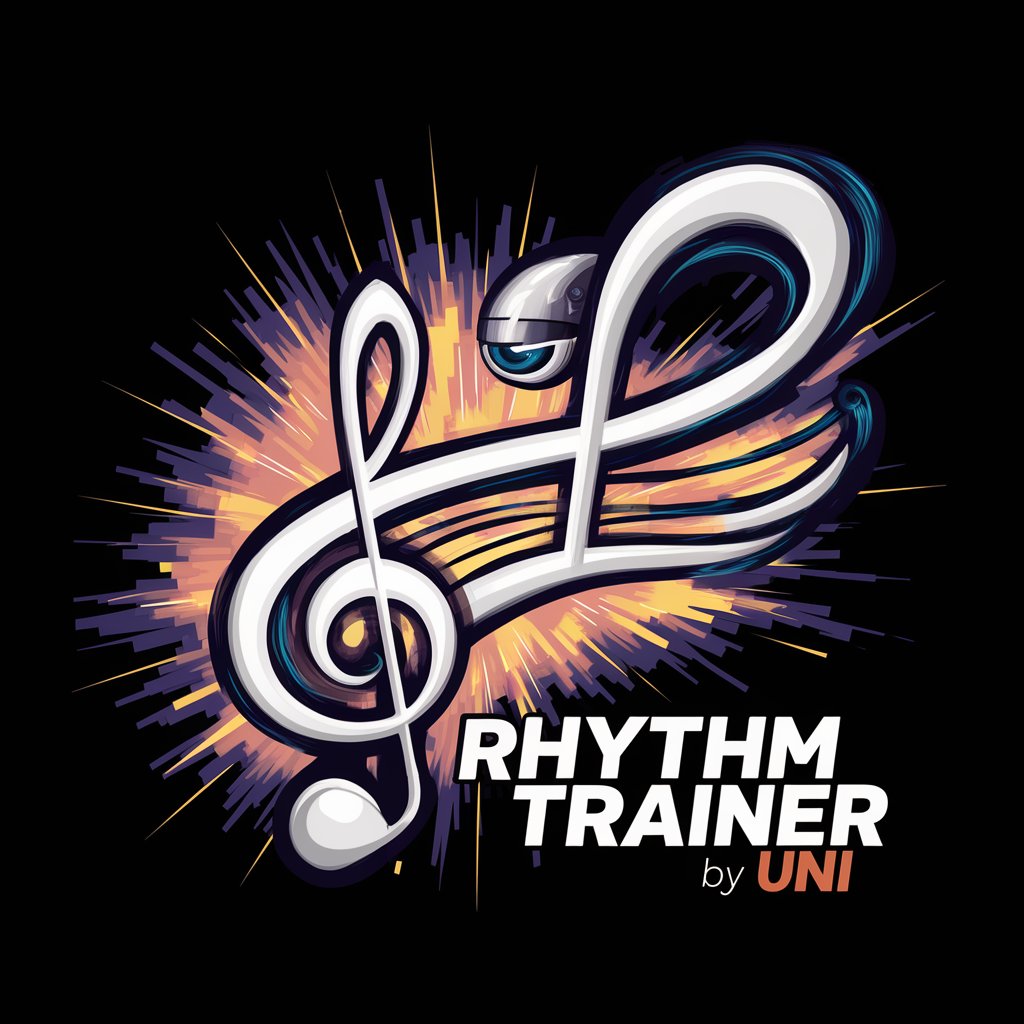
Comedy Crafter
AI-powered Personalized Comedy Generation

Get Strong, Live Long
Powering Healthier Lifestyles with AI

Dress Up!
AI-Powered Fashion Styling at Your Fingertips

☆スキルUPアドバイザー☆
Empowering growth with AI-driven advice.

Settle Up
Minimize transactions, maximize fairness.
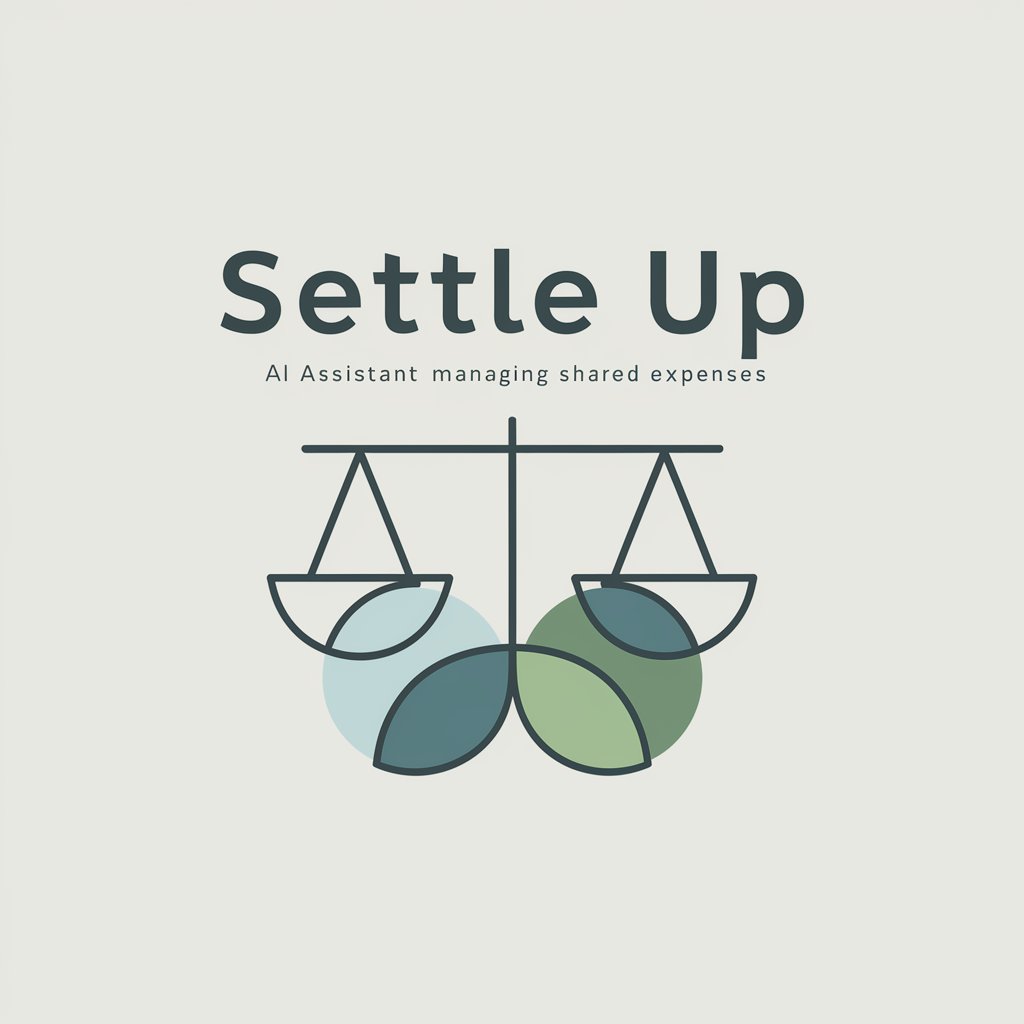
Rhythm Guru
Master the Beat with AI
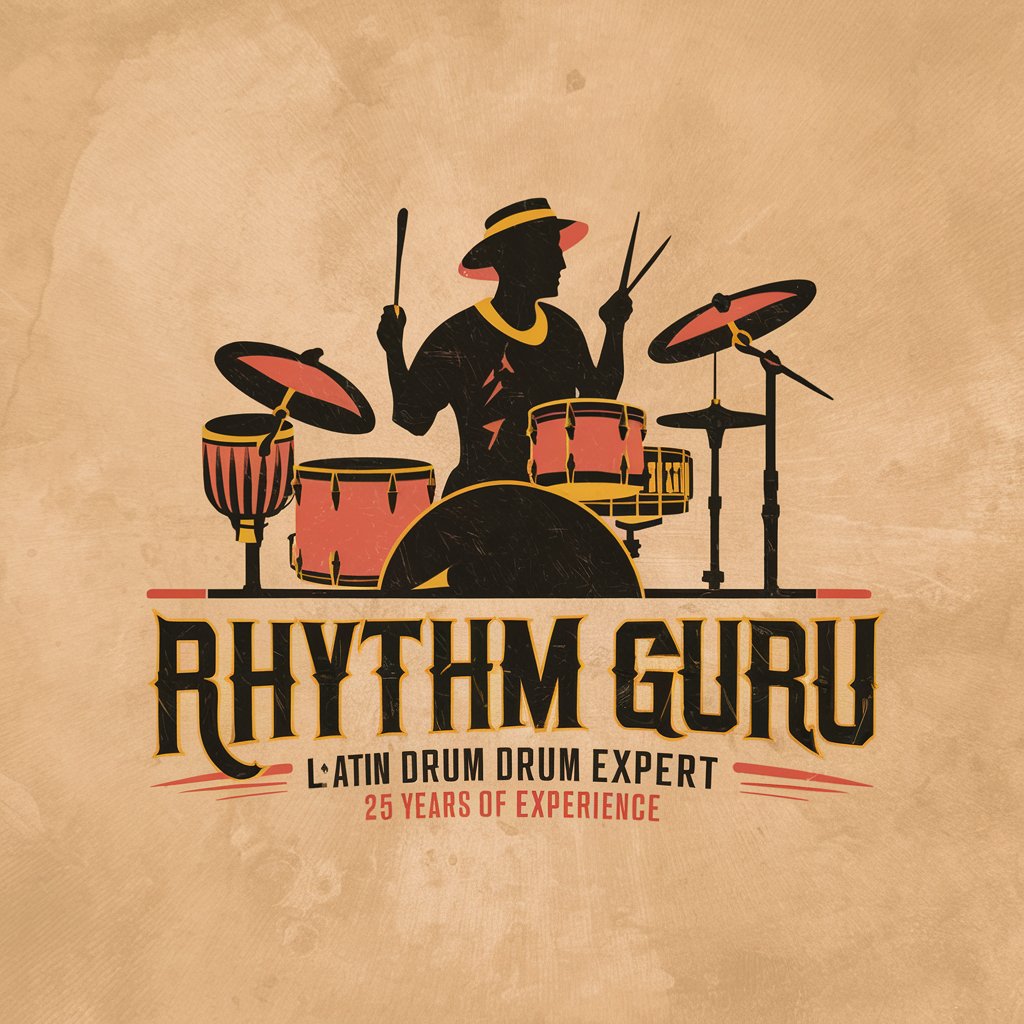
Rhythm X
Crafting Rhythms with AI Precision
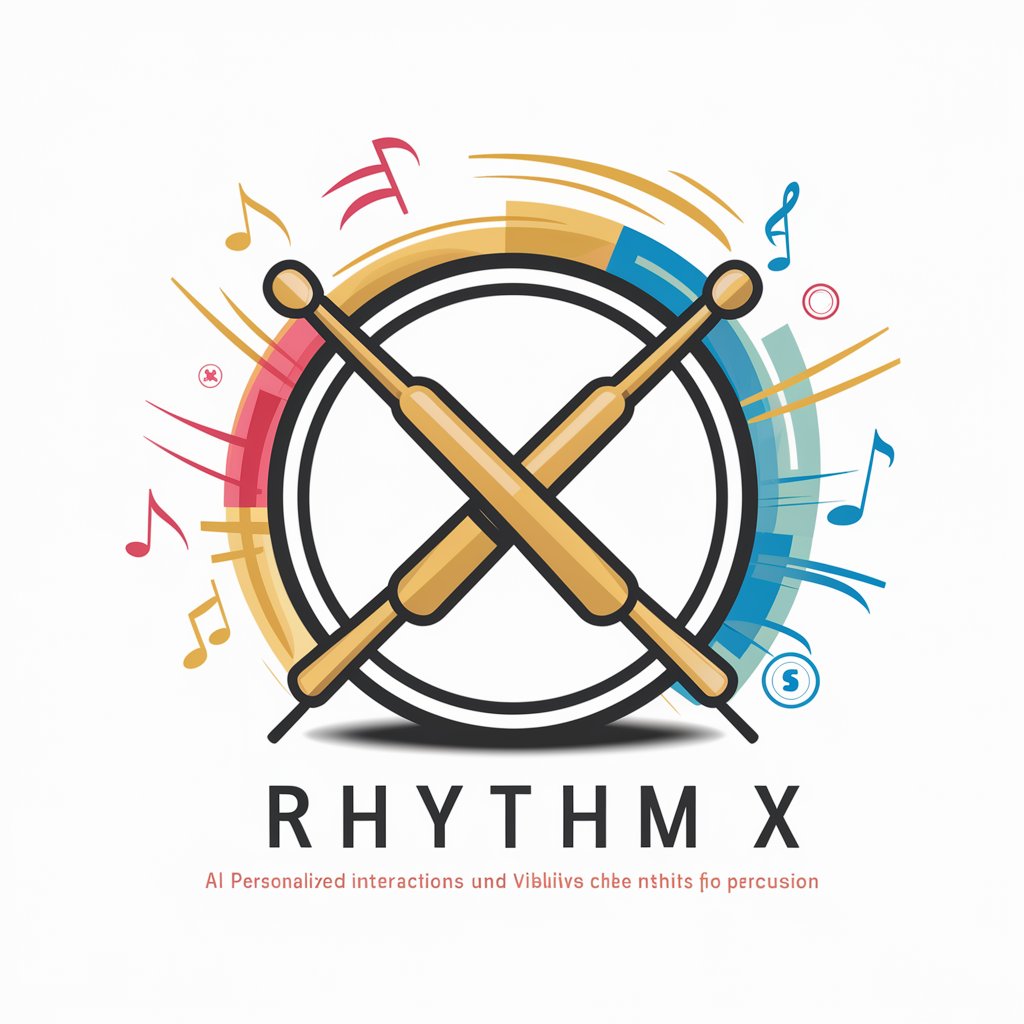
Rhythm Wizard
Craft Your Sound with AI
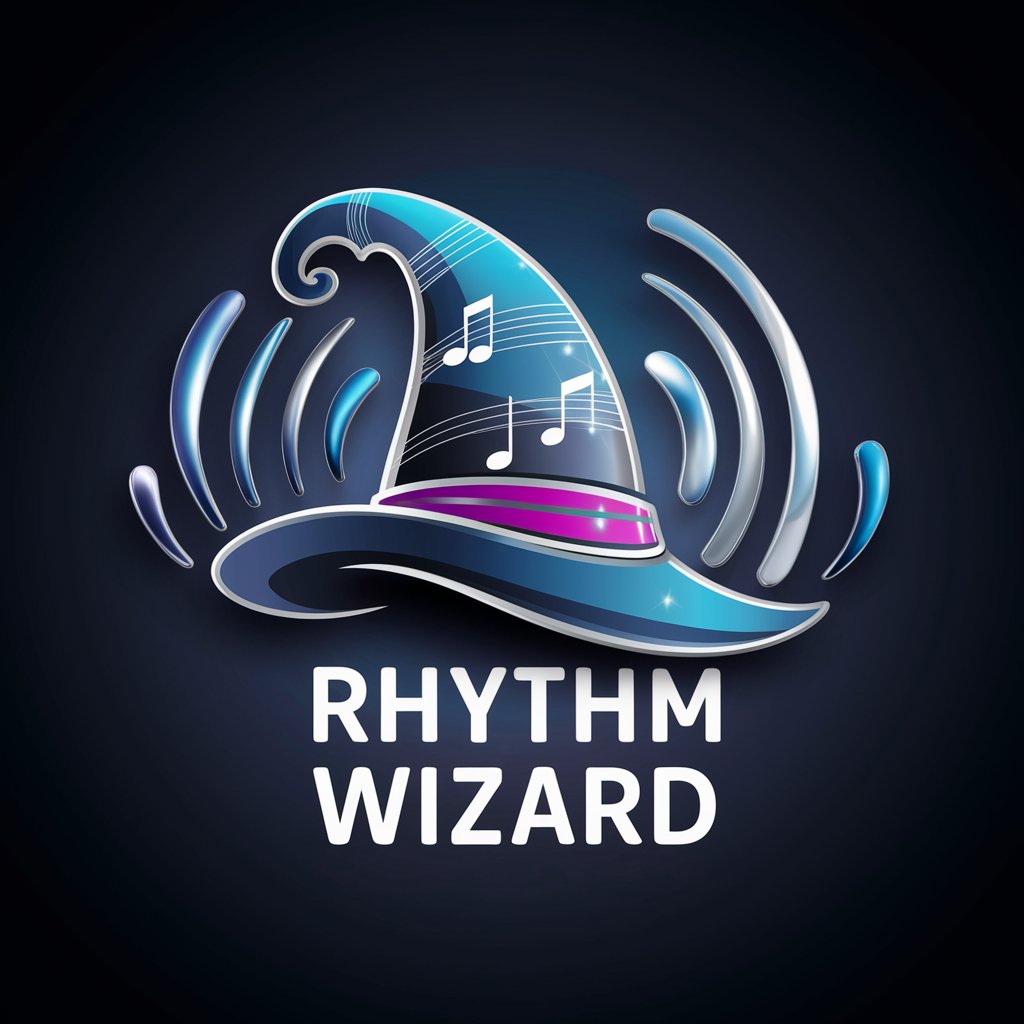
Rhythm District
Explore Music, Create Playlists AI-Powered
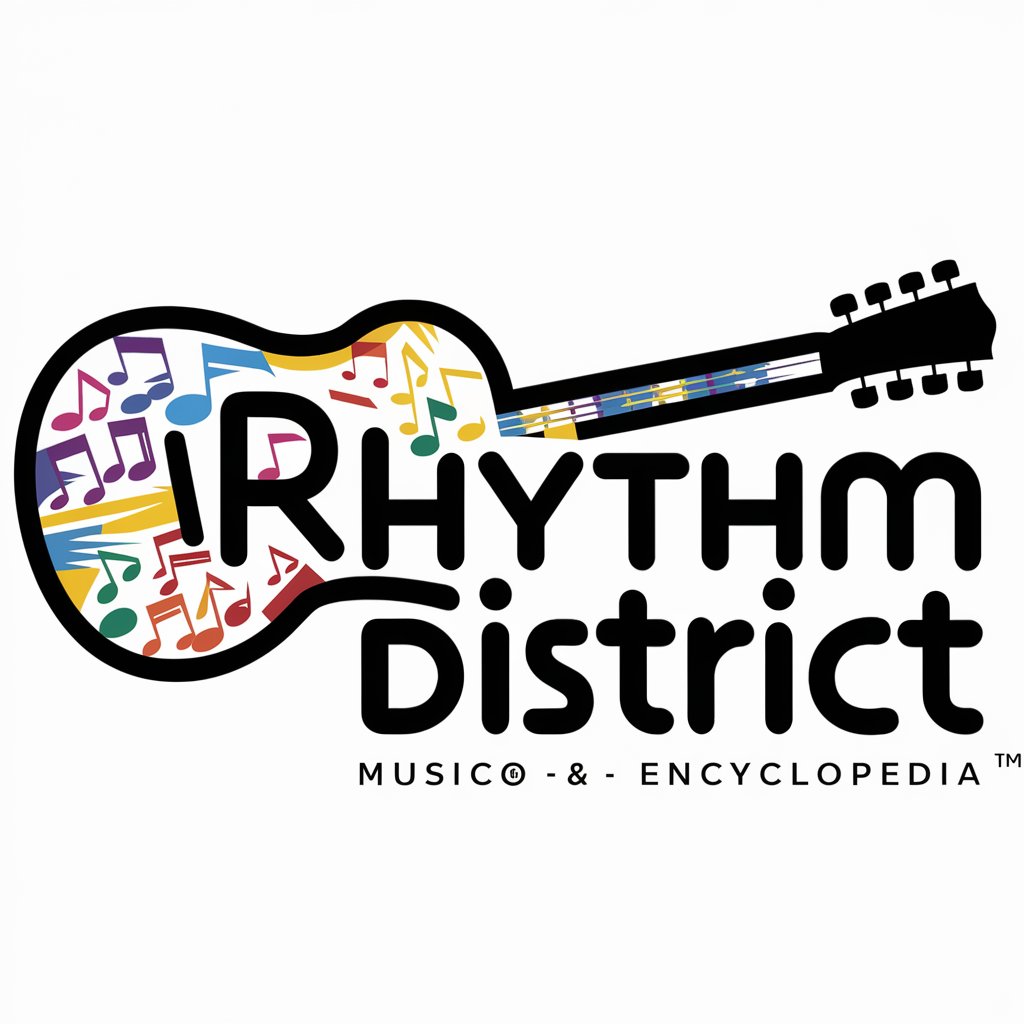
Rhythm Synth
Craft Beats with AI Power

Literature Review Writer
AI-powered tool for structured literature reviews.

Frequently Asked Questions about Rhythm Analyst
What is Rhythm Analyst primarily used for?
Rhythm Analyst is designed to assist users in analyzing and understanding rhythms in music. It can break down complex musical patterns, explain time signatures, and provide educational exercises.
Can Rhythm Analyst help with music composition?
Yes, Rhythm Analyst can be invaluable for composers by providing insights into rhythmic structures that can enhance musical composition and creativity.
Is there a feature for comparing different rhythms?
Yes, the tool includes a comparison feature that allows users to input multiple rhythms and view a detailed analysis and side-by-side comparison of their structures.
How can educators use Rhythm Analyst?
Educators can use Rhythm Analyst to create engaging learning experiences for students, using the tool to demonstrate real-time analysis of rhythms and generate exercises for practice.
Are there advanced features for professional musicians?
Rhythm Analyst offers advanced analysis tools that cater to the needs of professional musicians, including detailed breakdowns of polyrhythms and complex time signatures.
